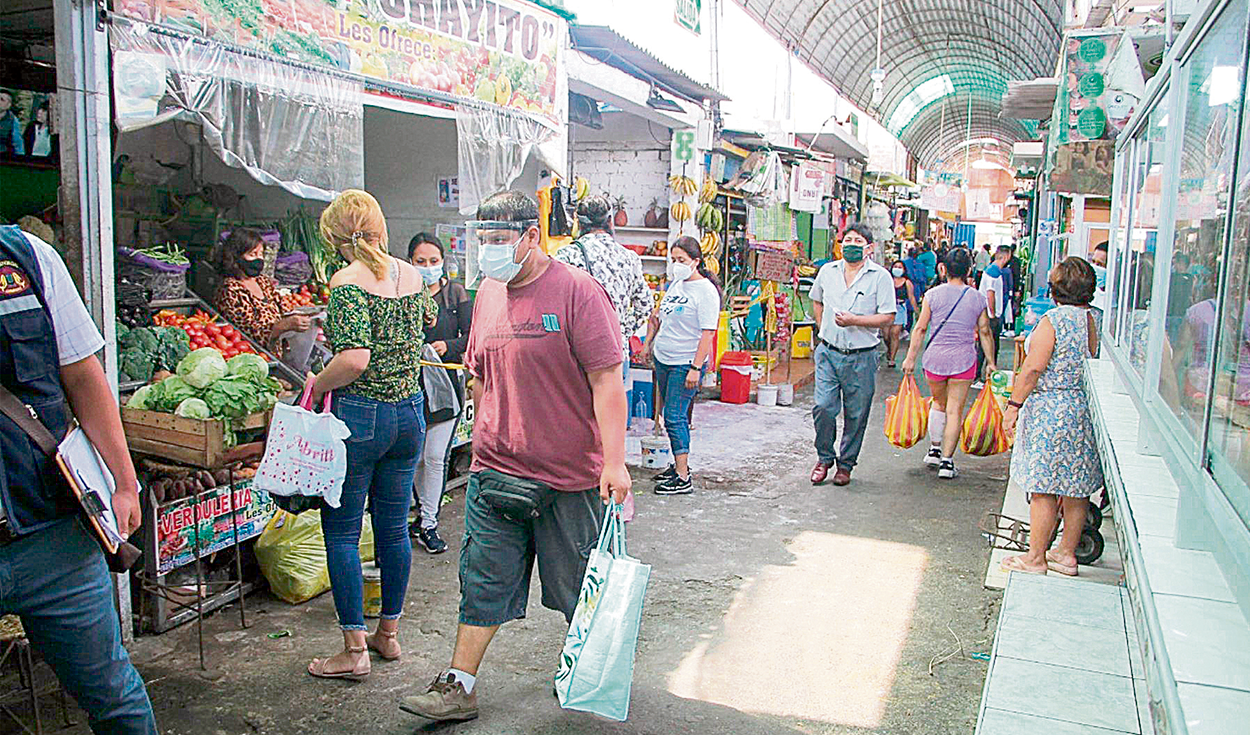
Most economic analysts agree that a new cut in inflation this summer (2023 closed with an annual drop of 3.24%, one iota of the target range) will be subject to the intensity of El Niño, which has subsided .
Thus, BBVA Research’s macroeconomic analysis in November pointed to a price scenario “with downward resistance at the beginning of 2024.”
However, more recent information about those anomalies They now anticipate a weakening of prices “faster than expected”, so the forecasts have improved.
“Which gives a downward bias to our inflation projection for that period,” says BBVA Research.
Hugo Perea, chief economist of that unit, pointed out to La República that a seasonal increase in some foods is expected in March and April, especially due to “yield alterations associated with the climate”.
However, he highlights that both inflation and economic weakness “have been falling,” so “normalizing monetary conditions could be an appropriate decision.”
“But we do not have to be so aggressive in making rates more flexible because there is the risk of El Niño and inflation still needs to be consolidated within the range,” he says.
Diego Macera, director of IPE, has his own reading and confirms that January and February will be especially complicated to compare on an interannual level (variation of 8.66% between February 2022 and January 2023).
For Macera, the important thing is that inflation shows a decreasing trajectory, “especially without food or (underlying) energy, which is already in the target range of 1%-3%,” he specifies.
“In general, there will be a trend of clear normalization of monetary conditions and prices, and that should help both domestic consumption and investment. It is not an effect that we expect in Peru, but throughout the world,” he explains.
With everything, IPE warns that this fall will not be the key factor to reactivate the economy in the first part of the year: confidence will be, which closed 2023 below expectations and barely in positive territory for 12 months.
Rates would fall to 6.25%
Economist Juan Carlos Odar sees the conditions for a new rate cut of up to 0.25 points at the meeting on January 11 and 12. Like Perea and Macera, he is confident that the target range will be returned in the first quarter, if El Niño allows it.
This is because the fall in inflation in December was not as pronounced as in previous months, a situation that would lead the BCRP to consider that its evolution “is not converging towards the discretionary range.”
“The FED has not modified its rates in recent months, so the gap between the local rate and the US rate has been reducing and that generates some additional pressure for the rise of the exchange rate,” he adds.
Finally, Odar recalls that Our monetary policy is “independent in the decisions of the Executive”so castling in the MEF should not change the course of rates.
How are the prices going for 2024?
The low supply did its thing with the lemon and this week the kilo went from S/3 to S/5, on average, in the main capital markets. Merchants point out that there is an upward trend.
Meanwhile, in some stands in San Pedro (San Luis) and Rondón (The victory) the egg rose again. The chicken had a different behavior and took flight in Cercado markets, such as Lemongrass and La Aurora, up to S/11 per kilo.
However, the mid-week price day is threatened by new anomalous waves that could complicate the entry of LPG into Lima this weekend. To take your precautions.
Figures
- S/7 billion was allocated by the MEF for prevention. It executed S/5,000 million. This summer it will have its D-day.
- 6.75% is currently the BCRP reference rate.
Source: Larepublica
Alia is a professional author and journalist, working at 247 news agency. She writes on various topics from economy news to general interest pieces, providing readers with relevant and informative content. With years of experience, she brings a unique perspective and in-depth analysis to her work.











